Using a leveling base for Forensic Work by Abbe Lyle
Like many photographers, I’ll find myself fascinated by gadgets or clever contraptions I see at a show or conference, only to discover the item barely used on a shelf two years later. However, every now and then I discover a piece of gear worthy of earning a permanent place in my kit. Several years ago, my Really Right Stuff leveling base certainly made that list for both photography and forensic work. I have no doubt there are many photographers reading the blogs on this site who are well aware of the benefits. This is not intended to be a deep delve into a complex subject, but rather an anecdotal tale of how the leveling bases and tripods from RRS have come to play a vital role in our accurate capture of forensic information for visualization. Due to the nature of the blog, I have stuck to images (including the banner image) surrounding a particular case, and have not included beauty shots, which goes against the grain for me, and for the vast majority of blogs on this site!
In all honesty, I didn’t know I needed a leveling base until a friend loaned me hers. I was still skeptical! After all, I had become rather adept at leveling my camera using a ball head and built in tripod bubble levels, adjusting tripod legs on uneven terrain to achieve a level shot. Of course, in many instances, absolute horizontal leveling simply is not a critical necessity for single shot images. However, when I began devoting most of my time to serious panoramic imagery and tripod-based videography for our forensic work, I quickly learned the importance of precise leveling.
Panning for wildlife or sports videography with a gimbal head will require adjusting the vertical axis unless you’re tripod head is leveled true. Shooting 360 panoramas with a still camera is even more demanding when it comes to leveling. Yes, I certainly could have continued using my tried and tested approach, but one afternoon with the leveling base made me a true believer. The difference was dramatic. It was sort of like comparing a nice ratchet/socket set to an old crescent wrench. They’ll both loosen a nut, but you’ll find the former to be an added boon for serious work.
Having incorporated the leveling base for photographic and videography scenarios, we took it one step further and attached our FARO laser scanners to the same setup. We had experienced issues obtaining stable, level scans. We were delighted with the results. As you can see below, we don’t even have to straighten our tripod legs as the heavy work can be achieved using the leveling base.
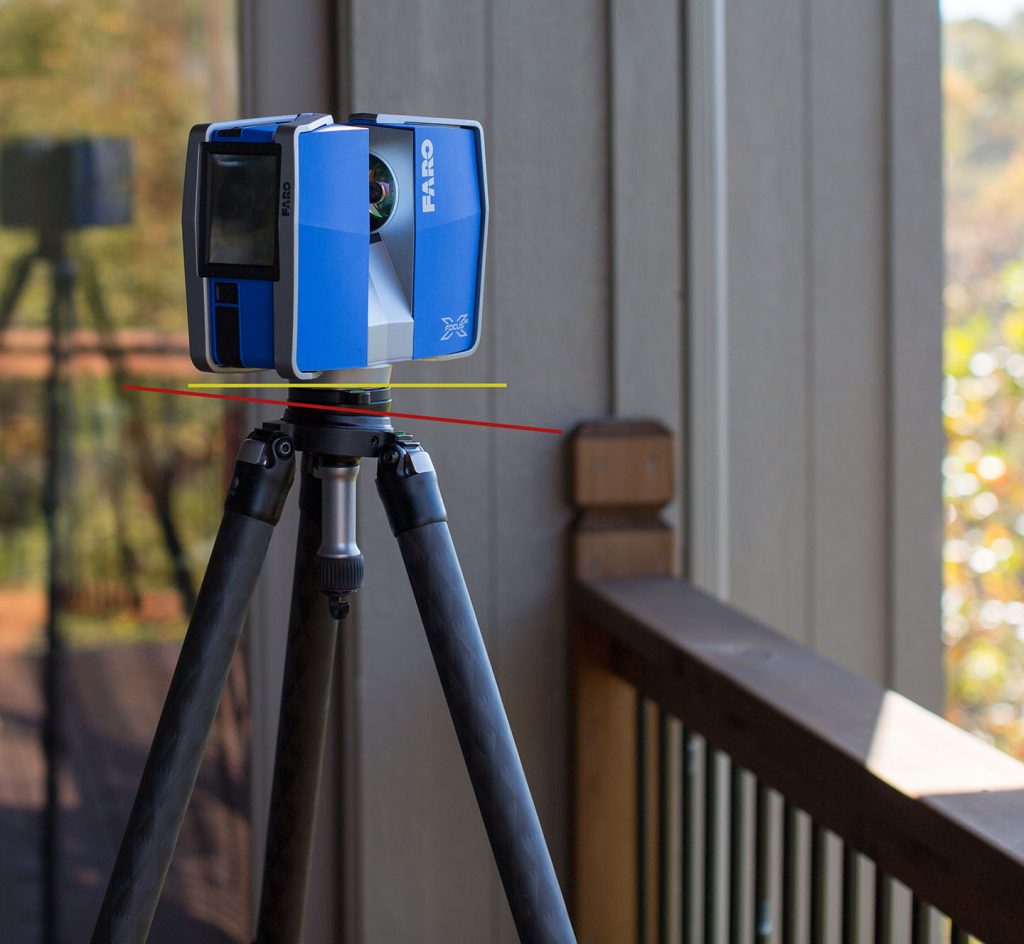
Laser scanners have become ubiquitous among law enforcement, surveyors and engineering shops. Many operators like us commonly work on uneven terrain with dozens of scanning locations required for a given area. The images below illustrate the beginning of our work from the case I have selected as an exemplar. The first is a single shot of the area in question, followed by an example of some of the individual scanning locations.
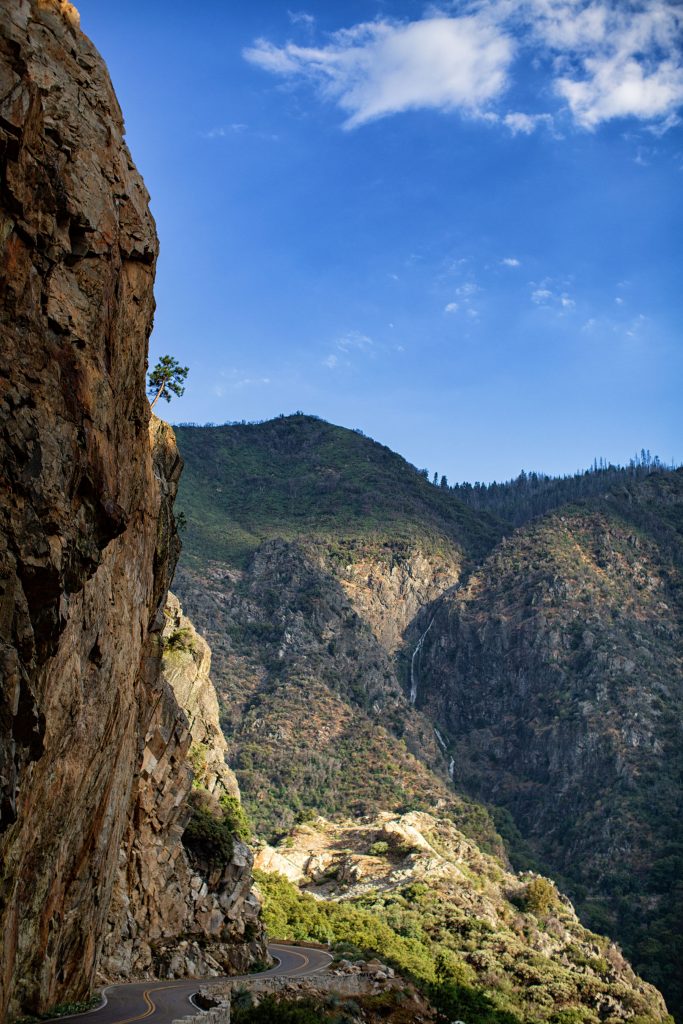
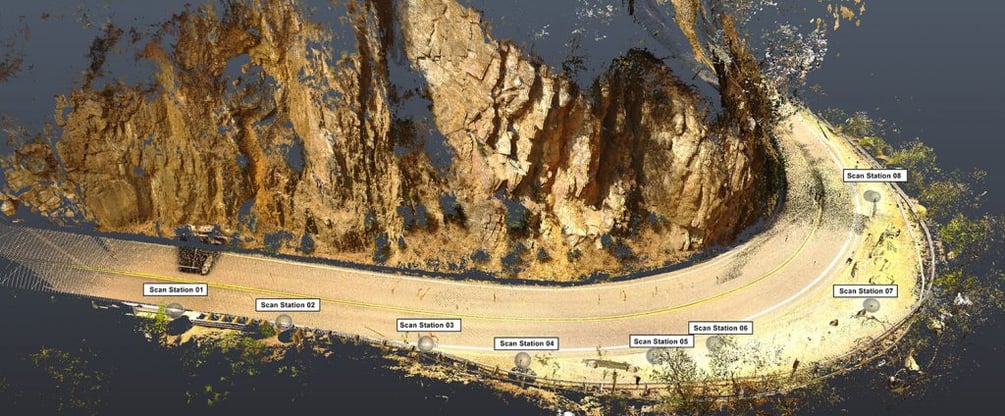
These individual scanning sessions are later combined through a process known as registration to create a single dataset comprised of a point cloud having millions (or billions) of discrete measured points. For those still following I shall attempt to illustrate, in simple terms, how we go about this process, from scanner placement to end product. Please feel free to contact me if you would like more detailed information.

Once the point cloud is created, we combine our drone-based point clouds and are able to go to the next step and produce a mesh.
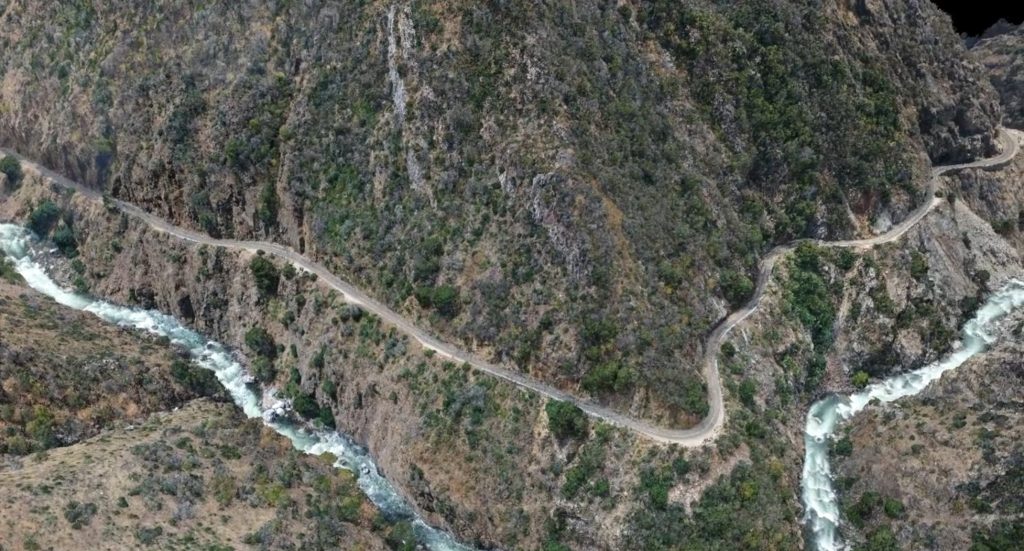
The results are measurably accurate but not clean enough for use in the final animation. Our animators go ahead and use the mesh to produce a more lifelike product. We also scan vehicles and use the same method described above. The images below show the car in motion (built from a scan of the vehicle) and the view from the driver’s perspective.
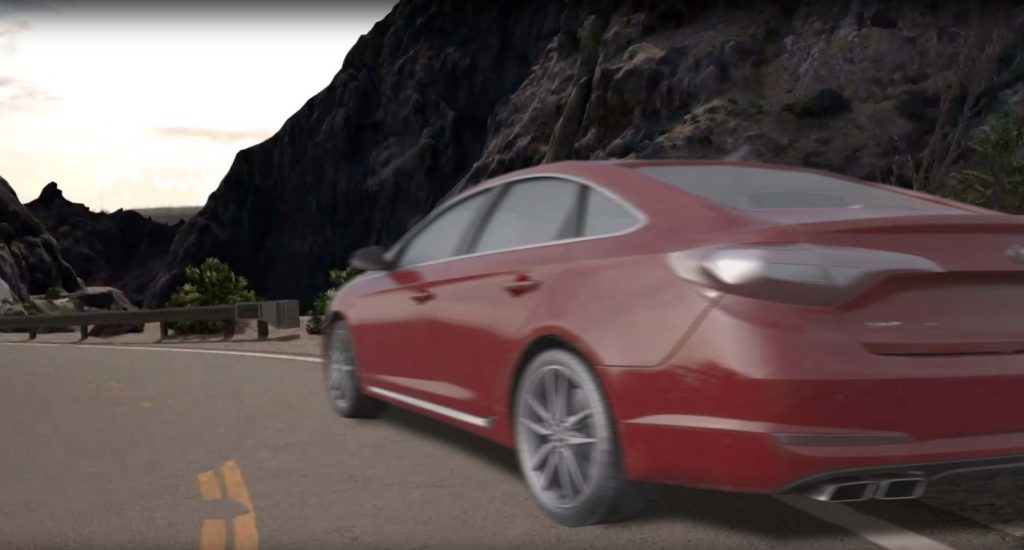
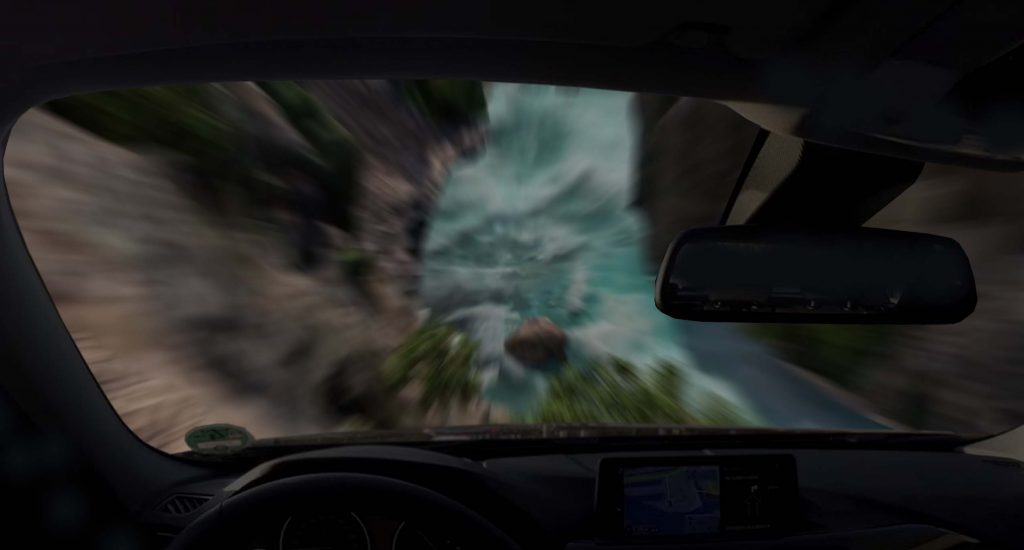
Successful registration requires all scan positions to be level and one can see why the ability to achieve precise leveling in seconds turned out to be a major benefit. It took me several months for my photographer’s brain to shift from thinking of all our datasets as images. Photogrammetric scanning via our drone is image-based but, as mentioned above, is ultimately converted to points as well. The end products are measurably accurate 3D animations or images. These demonstrably accurate bodies of work are an incredibly effective way of demonstrating a crime scene or accident in tremendous detail.
The rub is we often only have one chance to collect the data so accuracy is essential. Imagine collecting many scans from tricky angles on a perilous road, remote location, busy intersection or a burned-out building. The unlevel datasets need to be painstakingly rectified if not discarded outright as unusable, and that was a lesson I learned the hard way. Another necessity is a stable tripod that will not move in the wind. Our work offers us the opportunity to delve into the weeds and help first responders, investigators, experts, litigators and jurors visualize the events of the crime scene or accident.
In conclusion, the leveling base allows you to achieve precision leveling in seconds – and with one hand. By twisting the handle below the head counter-clockwise, you instantly have freedom of movement along every axis. The built-in spirit level makes leveling a cinch and one clockwise twist locks the head firmly in place. Furthermore, Really Right Stuff offers options, including two different length handles as well as a knob assembly that replaces the handle entirely. I use the standard handle, but can attest that the other choices seem equally ergonomic when I’ve played with them on the showroom floor. The shorter options may be important for clearance if you need to go very low to ground level. I like the hook option on the standard handle and have used it to park various accessories or to corral cords. I highly recommend giving it a try if you think it might aid your workflow. There are plenty of options on the market so I would encourage anyone interested to do their own research as well.
The Really Right Stuff product lineup for Leveling Heads matches offerings for each of the Series 2, Series 3 and Series 4 tripods. Details can be found here
About Abbe

Abbe is a professional photographer and Creative Director for Visual Law Group. She currently specializes in forensic scene visualization, utilizing the latest in mapping and animation technologies including photogrammetry, drones and laser scanners for the development of detailed interactive 3D exhibits. She teaches the fundamentals of drone flight, including FAA regulations surrounding the professional use of drones commercially. As a passionate advocate for women in the UAV industry, she often speaks at conferences, educating and helping women to succeed in this highly skilled and competitive marketplace.
“I use RRS because I love the ergonomic design and ease of use, from the carbon fiber tripods, to the ball heads and leveling bases. There are options designed for every photographic need, and the customer service is exemplary.”
Contact Abbe at:
Abbe@visuallaw.com
www.visuallaw.com
www.abbelyle.com
